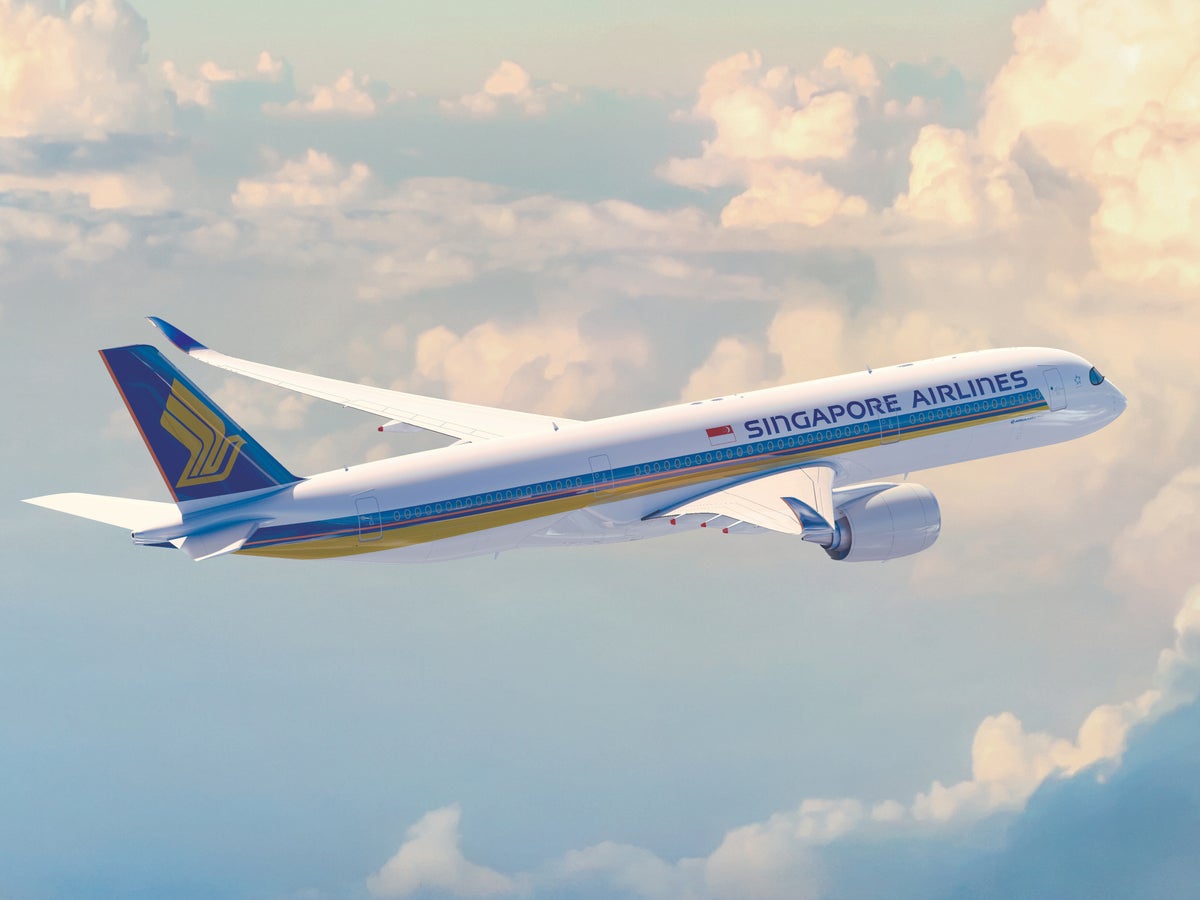
Late on Tuesday evening, 7 November, Singapore Airlines picked up yet another prize: the Wanderlust Readers’ Award for world’s best airline 2023.
Yet you need not fly anywhere near southeast Asia to enjoy the best inflight service on the planet: try northwest England to Texas instead
“SQ”, as many aviation people know the airline, connects Manchester with Houston three times a week. The link is particularly popular with oil people who fly from Aberdeen to Manchester on Loganair then settle in for 10 hours of the Singapore experience en route to America’s oil hub.
Heading instead for India? You can fly from London Heathrow to Mumbai with a carrier whose slogan is “Fly the Flag”. In this case, the ensign bears the Canadian maple leaf.
And a trans-Mediterranean hop from Malta to Cyprus? The only nonstop choice is for wide-bodied comfort with a top Gulf airline.
These are among the many possibilities of “fifth-freedom” flying – which means you travel on a plane belonging to an airline from neither your origin nor destination. The practice is more widespread than you might think, and can confer many benefits on the traveller. And it goes back almost eight decades.
Late in 1944, towards the end of the Second World War, the airlines and governments of the Allies gathered in Chicago to try to establish some common rules for international aviation.
While some airlines had been around since the end of the First World War, hardly anyone flew (and those who did faced serious risks). But it was clear that the peacetime world would needed to be connected. The result: the 1944 Chicago Convention. Several categories of rights were established. The first four were fairly predictable:
- First freedom: Flying over a foreign country without landing.
- Second freedom: Like the first, only with the right to refuel in that foreign country without letting passengers or cargo on or off.
- Third freedom: The right to fly from the country where the airline is based to another country – which is neatly balanced by the …
- Fourth freedom: The right to fly from another country to the country where the airline is based.
Where it gets interesting is the fifth freedom: The right to fly between two foreign countries on a flight starting or ending in the country where the airline is based.
In the 20th century, this was pretty important because of the range of planes. Between Delhi and Toronto or Kuwait and New York, for example, earlier models of Boeing 747 had to stop somewhere to refuel. Air India and Kuwait Airways chose to touch down at London Heathrow.
Some passengers from their home hubs wanted to go no further than the UK – which left some empty seats. Both airlines negotiated “fifth freedom” rights to fly the Atlantic with freshly boarded passengers, and became the budget options between Heathrow and JFK.
Technology means there is no longer any need for them to refuel along the way. But there are still opportunities for other airlines – and passengers – to benefit. The Singapore-Manchester-Houston flight works because a certain proportion of passengers want to make the full 11,523-mile trip. Another cohort, though, simply wish to enjoy the Airbus A350 between Singapore and Manchester – leaving space for the UK-Texas crowd.
Air Canada has a similar mix on its Toronto-Heathrow-Mumbai service. Many passengers are going from the largest Canadian city to India’s business hub. But some are content going no further than London. At which point, Air Canada can start selling Heathrow-Mumbai tickets in competition with Vistara, Virgin Atlantic, British Airways and Air India.
With no home advantage, Air Canada has to cut fares to be competitive. Which means flying the Canadian flag en route to India can be beneficial – just as it was when the cheapest tickets from Heathrow to Toronto were to be found on Air India.
The world champion fifth-freedom airline, though, is Emirates. The Dubai-based carrier has a fair number of routes involving two separate destinations.
Right now there are many passengers enjoying the formidable service on routes such as Larnaca to Malta, with long-haul comfort on a two-hour hop.
Daily, Athens and Milan are connected with New York on Emirates. And across the Tasman Sea between Australia and New Zealand, the Airbus A380 is the most comfortable way to travel between Sydney and Christchurch.
Even British Airways gets in on the act, with some of its Caribbean routes. Anyone wishing to link the two enticing destinations of St Lucia and Georgetown, could invest £530 for 100 minutes of long-haul, lie-flat Club World comfort aboard a BA 777. It’s good to have choice.







